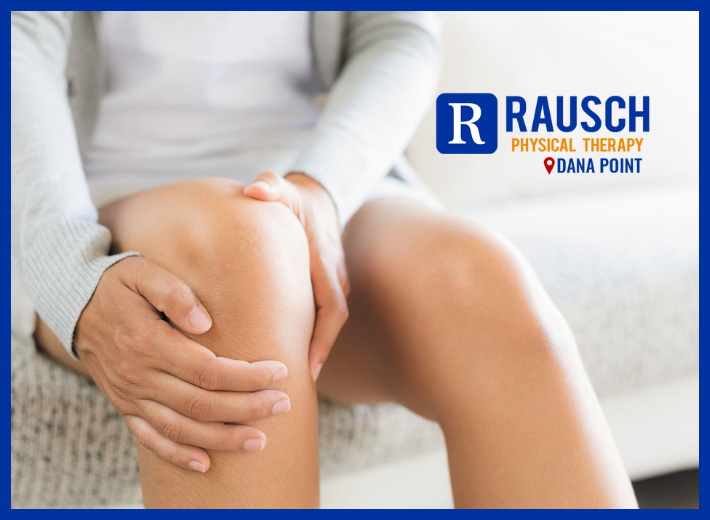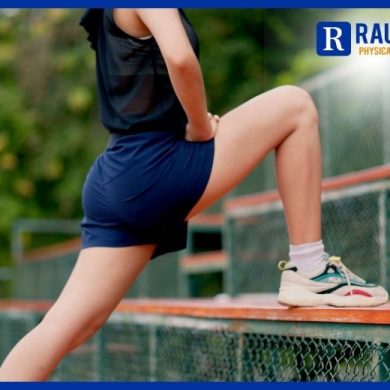Tight hips can subtly impact your daily life and activities, causing discomfort or limiting your movement. Recognizing the signs of restricted hip mobility is key to preventing issues and improving,
Understanding Turnout and Importance of Avoiding Forcing More
April 2, 2022 4:05 pm / Category: Dana Point

Kathryn Totheroh – Dana Point
Every joint in the human body has a “normal” range of motion. For the hip in external rotation or turnout, that range is about 45 degrees. For dancers, especially ballet, we always aim for 90 degrees in each hip to reach that elusive 180 first position. Some lucky individuals will be born with the potential for extra range of motion in the hips, and the very rare few (less than 2% of professional ballet dancers) may naturally reach that 180. However, for the rest of us, it is critical to understand where our natural limitations are so that we can safely and effectively use the turnout each of us have.
First, you must understand that this is a boney limitation; therefore, stretching will not work. Many teachers learned that stretching the hips while children are young (pre-puberty) can increase this natural range. While it may be possible to slightly increase mobility through the front of the hip joint leading to a marginal increase in turnout, several studies show that whatever a person’s turnout is going to be was predetermined before they were born.
It is simple for a physical therapist or athletic trainer to assess someone’s natural range of motion; this can give you/your students a clear understanding of what they should be aiming for in their standing leg. If someone is measured at 50 degrees at each hip, they are looking at a 100-degree first position. Anything more than their anatomical range is coming as compensation of the knee, ankle, and/or pelvis.
These compensations will show up as ankle-foot pronation or collapsing arch, knees not tracking over the midline of the foot in plie, anterior pelvic tilt/ tail out, or any combination of the three. Over time these compensations can lead to serious injuries such as torn ligaments, torn muscles or tendons, joint instability, or impingement. These injuries can easily lead to the end of someone’s dance career, along with chronic pain. Therefore, it is critical to work within a natural range of motion, avoid compensation techniques, and the forcing of excessive turnout.
If you have any questions or have been dancing with pain, get to your favorite physical therapist. We can assess your specific range of motion and how you are moving, and get you back to dancing pain-free.
Rausch Physical Therapy remains your caring team and can accommodate you with a specific, personalized plan that suits your needs and goals. Visit our Facebook page or call us at (949) 276-5401.





